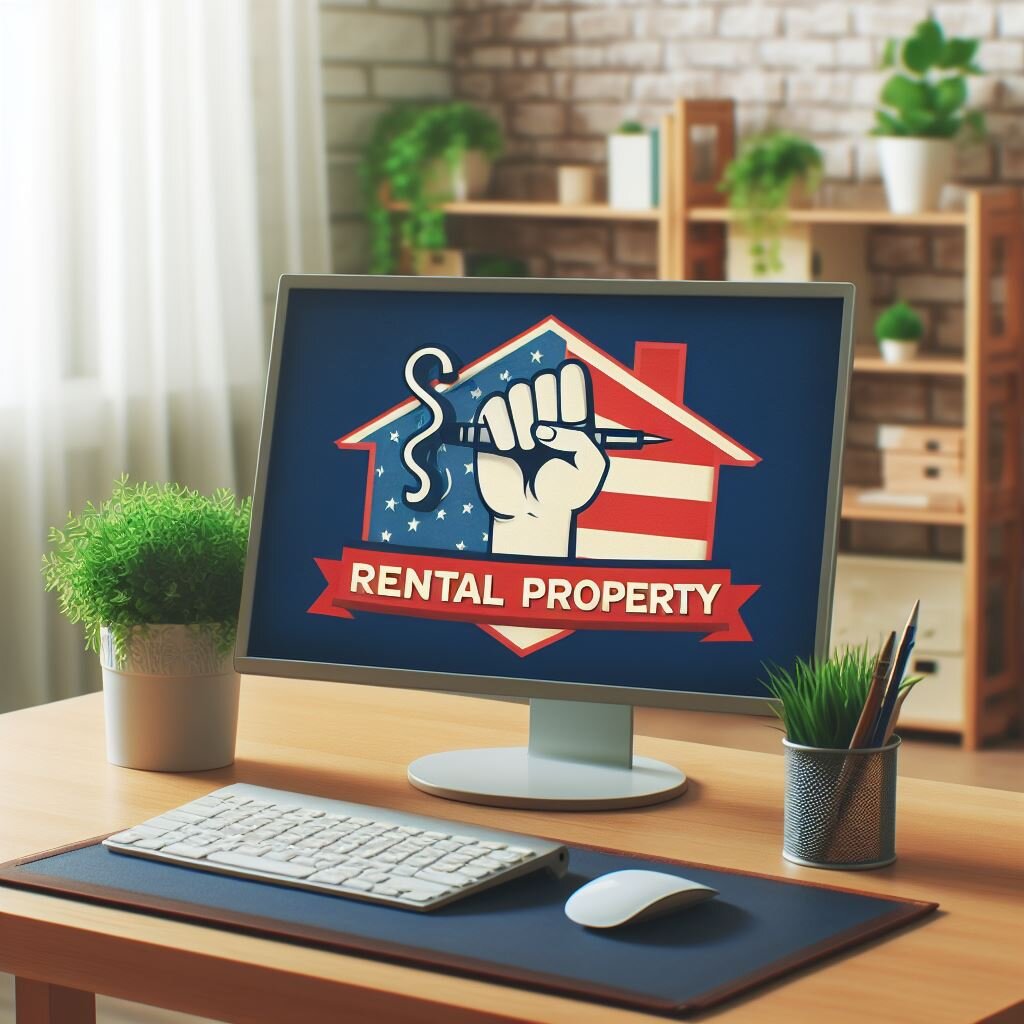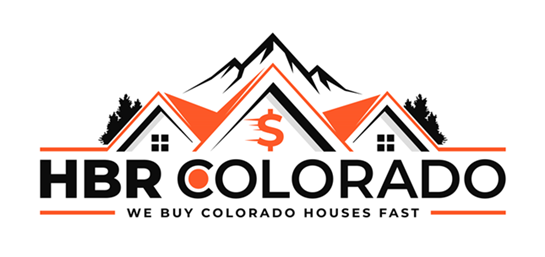Finding a place to call home is a basic human need, yet not all rentals in Colorado offer the bare minimum for safe and healthy living. Fortunately, the state boasts robust habitability standards, empowering tenants to secure decent living conditions and landlords to maintain responsible property management. This article delves into the crucial realm of habitability in Colorado, outlining the key aspects of these standards and the resources available to both tenants and landlords.
What are Habitability Standards?
Colorado law establishes an “implied warranty of habitability” in every residential lease agreement. This implies a landlord’s fundamental obligation to ensure the rental unit is fit for human habitation. These standards encompass a range of essential elements, including:
- Structural Integrity: Sound roof, walls, and floors free from leaks and potential collapse.
- Weather Protection: Windows and doors that function properly and provide adequate security against the elements.
- Plumbing and Electricity: Functional plumbing fixtures with hot and cold running water, along with a reliable electrical system free from hazards.
- Sanitation and Pest Control: Adequate garbage disposal, pest-free conditions, and functional sewage systems.
- Heating and Cooling: Proper heating and cooling systems to maintain comfortable temperatures in the unit.
- Smoke Detectors and Fire Safety: Properly installed and functional smoke detectors and marked fire escapes or exits.
Tenants’ Rights and Responsibilities:
- Right to a Habitable Unit: You have the right to live in a unit that meets these standards. If not, you can notify the landlord in writing about the issues and request repairs.
- Withholding Rent: In extreme cases where the landlord fails to make necessary repairs, you may have the right to withhold partial rent or take legal action.
- Maintaining the Unit: You are responsible for using the unit responsibly and preventing unnecessary damage.
Landlords’ Responsibilities:
- Maintaining the Unit: You are legally obligated to ensure the unit meets habitability standards and promptly address any reported issues.
- Inspections: You have the right to conduct periodic inspections of the unit to assess its condition and ensure compliance with the lease agreement.
- Proper Communication: Maintain open communication with your tenants and respond promptly to their concerns about habitability issues.
Resources and Support:
- Colorado Legal Services: Provides free legal advice and resources on tenant rights and responsibilities.
- Colorado Division of Housing: Offers information and resources for renters dealing with habitability concerns.
- Local Housing Authorities: Can help mediate disputes between tenants and landlords and connect tenants to additional resources.
Colorado Habitability Standards
| Emergency exits must be marked, accessible, and safe for use in case of emergencies. | Description |
|---|---|
| Working Plumbing, Heating, and Electrical Systems | The rental property must have functioning plumbing, heating, and electrical systems. |
| Structurally Sound and Weatherproof | The property must be structurally sound and weatherproof, protecting tenants from the elements. |
| Safe and Clean Common Areas | Common areas, such as hallways and staircases, must be safe and well-maintained. |
| Adequate Trash Receptacles | The property must provide adequate trash receptacles and disposal methods for tenants. |
| Safe Emergency Exits | Emergency exits must be clearly marked, accessible, and safe for use in case of emergencies. |
| Adequate Ventilation and Lighting | The property must have proper ventilation and lighting to ensure a healthy living environment. |
Ensuring Livable Rentals for All
Colorado’s habitability standards represent a crucial safeguard for tenants, ensuring their right to live in safe and healthy homes. By understanding these standards and proactively addressing any issues, landlords can uphold their legal obligations and foster positive tenant relationships. Ultimately, upholding these standards benefits everyone, creating a stable and equitable rental landscape for all Coloradans.
To protect tenant rights, Colorado upholds clear minimum standards that all rental housing must meet under the state’s Warranty of Habitability Act. By understanding these regulations, Colorado landlords can properly maintain their properties to comply with requirements. Tenants also benefit by knowing the basic living conditions they are entitled to under the law.
The Warranty of Habitability determines that all premises rented for residential purposes must be:
- Structurally safe – Foundations, walls, roofs, and other essential structures may have no material damage or safety hazards.
- Equipped with basic plumbing – Hot and cold water must be supplied with adequately functioning drainage and sewage pipes.
- Supplied with operational heating systems – Depending on location, heating systems like furnaces must be capable of maintaining at least 68 degrees year-round.
- Free of infestations – Properties must have no established presence of rats, mice, cockroaches, or other vermin.
- Secured with working door locks and security devices on windows.
- Maintained in a generally clean, sanitary, and non-hazardous condition.
Failure of a landlord to meet these habitability standards gives tenants certain legal rights. These may include ending the lease or withholding a reasonable amount of rent until major deficiencies are addressed. However, tenants must properly notify landlords of problems first before exercising these options.
By staying informed on Colorado’s rental standards, both property owners and tenants can play their part in upholding safe, decent, and fair housing. For assistance in navigating all rental and habitability regulations, consult with a local landlord/tenant attorney.

Colorado’s Habitability Standards Explained
Renting a property in Colorado comes with certain expectations, one of the foremost being that the rental unit is habitable. Colorado, like many states, has specific standards in place to ensure that rental properties meet minimum living conditions. As a landlord, understanding and adhering to these habitability standards is not only a legal obligation but also essential for providing a safe and comfortable living environment for tenants. In this guide, we’ll explore Colorado’s habitability standards and the responsibilities they entail.
Understanding Colorado’s Habitability Standards
1. Structural Integrity: Foundations and Structural Elements
- Legal Requirement: Landlords are obligated to maintain the structural integrity of the rental property. This includes ensuring that the foundation, walls, roof, and other structural elements are in good repair.
- Landlord Responsibility: Regular inspections and prompt repairs are crucial to addressing structural issues promptly. This ensures the safety and stability of the property.
2. Weatherproofing: Protection Against the Elements
- Legal Requirement: The rental unit must be weatherproofed to protect tenants from the elements. This involves addressing issues such as leaks, and water infiltration, and ensuring windows and doors provide adequate insulation.
- Landlord Responsibility: Timely repairs, especially in response to leaks or drafts, are essential. This helps maintain a comfortable living environment and prevents damage to tenants’ belongings.
3. Heating and Ventilation: Temperature Control
- Legal Requirement: Landlords must provide heating facilities capable of maintaining a minimum temperature of 68 degrees Fahrenheit in all habitable rooms. Proper ventilation to maintain air quality is also mandated.
- Landlord Responsibility: Regular maintenance of heating systems, addressing malfunctions promptly, and ensuring proper ventilation contribute to a healthy and comfortable indoor environment.
4. Plumbing and Sanitation: Water and Waste Systems
- Legal Requirement: Landlords are responsible for maintaining plumbing and sanitation systems. This includes providing potable water, hot water, and proper waste disposal.
- Landlord Responsibility: Promptly addressing plumbing issues, ensuring access to clean water, and maintaining functioning sewage systems are crucial aspects of compliance.
5. Electrical Systems: Safe and Functional Wiring
- Legal Requirement: The electrical systems in rental properties must be safe and functional. This involves addressing issues such as faulty wiring, and overloaded circuits, and ensuring the availability of adequate lighting.
- Landlord Responsibility: Regular inspections, addressing electrical malfunctions promptly, and providing sufficient lighting contribute to tenant safety.
6. Security: Protecting Tenant Safety
- Legal Requirement: Landlords must take reasonable measures to ensure tenant safety, which may include providing secure locks on doors and windows.
- Landlord Responsibility: Regularly inspecting and maintaining locks, addressing security concerns promptly, and addressing any vulnerabilities that contribute to tenant safety.
Landlord Responsibilities and Tenant Rights
Landlords have a legal duty to provide habitable living conditions, and tenants have corresponding rights. If a rental property fails to meet habitability standards, tenants may have the right to withhold rent or terminate the lease under certain conditions. However, tenants must communicate concerns to landlords in writing and allow a reasonable time for repairs.
Conclusion
Understanding and adhering to Colorado’s habitability standards is not just a legal obligation; it’s a fundamental aspect of providing quality rental housing in cities all around Colorado. Landlords who prioritize the maintenance and upkeep of their properties contribute to a positive living experience for tenants, fostering a harmonious landlord-tenant relationship. Regular inspections, prompt repairs, and open communication are key elements in ensuring livable rentals that meet or exceed Colorado’s habitability standards.

Yes, your best bet is to go directly to the landlord as this may be challenging to enforce legally.